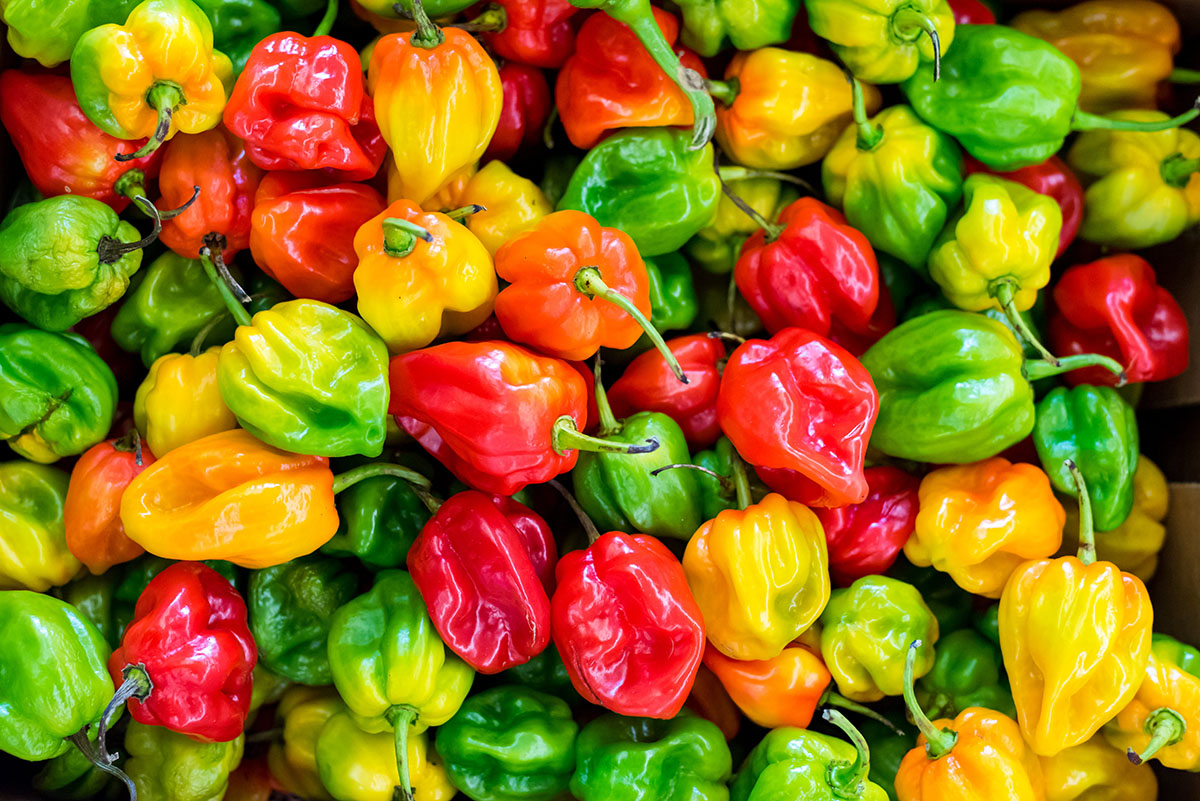The Lost History of Philadelphia Pepper Pot
I remember eating Campbell’s Pepper Pot Soup as a child when my mother or grandmother would invariably tell me that “it’s from Philadelphia.” What did that mean, exactly? I promptly forgot about this soup for decades. To me, it remained just one of the many indistinct varieties of canned soup to be found in the supermarket’s most boring aisle.
Then I went to a conference at Williamsburg in November that featured the culinary historian Michael Twitty. He reminded us that enslaved peoples brought many foodways over from West Africa and the Caribbean and that these foods migrated along with them through different regions in the Americas. He mentioned pepper pot as one example, and I perked up. I made a note to research it and cook it.
I learned that through the late 18th and 19th centuries, free black women sold pepper pot in cauldrons on the streets of Philadelphia. Legend even has it that George Washington’s troops wouldn’t have survived that long winter at Valley Forge without pepper pot. As time passed, it became known as a Philadelphia specialty, but its identity as a food from the African diaspora was erased over time.
In 1899 Campbell’s started selling a version of it, but they ceased production in 2010 due to “changing tastes.” This could be because a distinctive ingredient of Philadelphia pepper pot is beef tripe or cow’s stomach. Cultures all over the world cook with tripe, but over the 20th century, as many Americans prospered, they began to disdain tripe and other organ meat, as it was considered the food of poverty. Eventually, they lost the taste for it as well as the knowledge of how to cook it.
I had never cooked with tripe, either, but I had made a commitment to this project, and so decided to soldier on. The only place I could find tripe without special-ordering it was H-Mart. (You can get it frozen at Martin’s at the Reading Terminal Market, and you can also order fresh from them.) Note that tripe needs many rinses and a good boiling before it’s even ready for pepper pot or any tripe recipe. Here are the instructions that I followed to prepare the tripe for cooking.
The following recipe was developed by Chef Ashbell McElveen. Like many hearty soups, it’s very adaptable. For example, I used shin bones instead of neck bones, and butternut squash instead of pumpkin. I didn’t mash the cupful of potatoes, either, and used about half the amount of olive oil.
This pepper pot turned out to be a nourishing rich stew, pleasantly peppery. The tender bits of tripe were a tasty note, not overwhelming at all. I brought it to a holiday party and it was much appreciated. One young guest in her mid-twenties exclaimed, “Oh, I love tripe soup!” And apparently, some people are even clamoring for the return of Campbell’s Pepper Pot Soup. Who knew?
Philadelphia Pepper Pot Soup With Tripe
- Beef tripe is what some culinary historians say makes Philadelphia Pepper Pot distinct
- 1 ½ pounds beef neck with bones
- 2 pounds beef tripe (processed as mentioned above)
- 6 sprigs fresh thyme
- ½ bunch cilantro, chopped
- 10 cloves of garlic, roughly chopped
- 1 bay leaf
- ½ cup olive oil
- 4 large Yukon gold potatoes, cut into 1-inch cubes
- 2 cups pumpkin, cubed
- 2 cups carrots
- 3 cups collards, kale, or spinach, cut into ½-inch strips
- 2 medium onions, chopped
- 2 sweet yellow peppers
- 2 quarts hot water or stock
- 1 tablespoon sea salt
- 3 hot green peppers or 2 scotch bonnet peppers
In a Dutch oven, cast iron or other heavy 4-quart pot, heat olive oil, then add, onions, garlic, cilantro, paprika, bay leaf, and sea salt.
Sauté onions until translucent. Add beef and cut tripe, stirring well. Add 2 quarts of hot water, then cover and cook over medium heat for 2 hours, or until beef and tripe are tender.
Add peppers, cubed potatoes, carrots, pumpkin, bay leaf, and chopped collards or kale. (If using spinach add in the last 1/2 hour of cooking) let simmer for about 2 hours, adding more hot water as needed. Adjust seasonings to taste.
The potatoes should be soft enough to mash a cupful to thicken the soup. Let the soup simmer for another hour and serve with rice, cornbread, or hot biscuits.
(Recipe developed by Ashbell McElween, as seen in The Philadelphia Inquirer, Feb 12, 2020)
By Lauren McKinney

